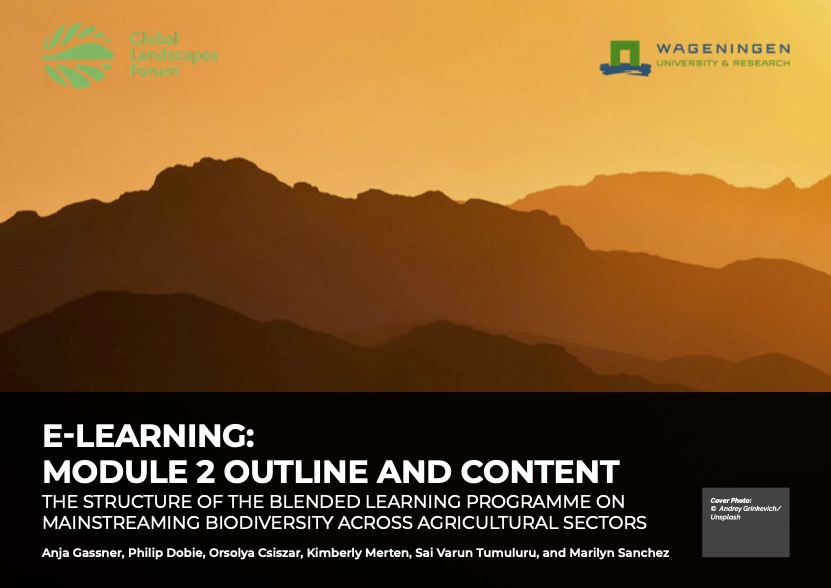The interactions between climate change adaptation and mitigation are particularly evident in agriculture, forestry and other land-use-based activities. Adaptation projects can affect ecosystems and their ability to sequester and store carbon, while mitigation projects can enhance adaptive capacity or increase the vulnerability of people. These interactions must be considered when designing policies and strategies.
The discussion on policy integration of climate change adaptation and mitigation should focus on two issues: (1) integrating adaptation and mitigation in climate change policies to consider multiple goals, assess trade-offs and seek mutually supportive outcomes; and (2) integrating adaptation and mitigation jointly into sectoral policies, such as agriculture or forestry, in order to balance trade-offs and maximize co-benefits between climate change and other objectives.
National strategies and plans related to climate change in Peru as well as key land-use policies encompass both adaptation and mitigation objectives. Frameworks have been developed for the integrated implementation of adaptation and mitigation in the new National Climate Change Strategy and draft National Forests and Climate Change Strategy. Although most of the other strategies and action plans do not mention the joint implementation of adaptation and mitigation, they do emphasis delivery of ecosystem services. And enhancing ecosystem services can ultimately benefit both adaptation and mitigation and other national priorities.
What is needed is a strong focus on information and knowledge generation and management and an assessment of the current and potential impacts of national and subnational policies on ecosystem services at different scales. Establishing mechanisms for monitoring and evaluating policy implementation, stakeholder engagement and adaptive management are also crucial.
Download:
DOI:
https://doi.org/10.17528/cifor/005624Jumlah Kutipan Dimensi:
Tahun publikasi
2015
Penulis
Pramova, E.; Di Gregorio, M.; Locatelli, B.
Bahasa
English
Kata kunci
climate change, adaptation, mitigation, land use, policy
Geografis
Peru


















